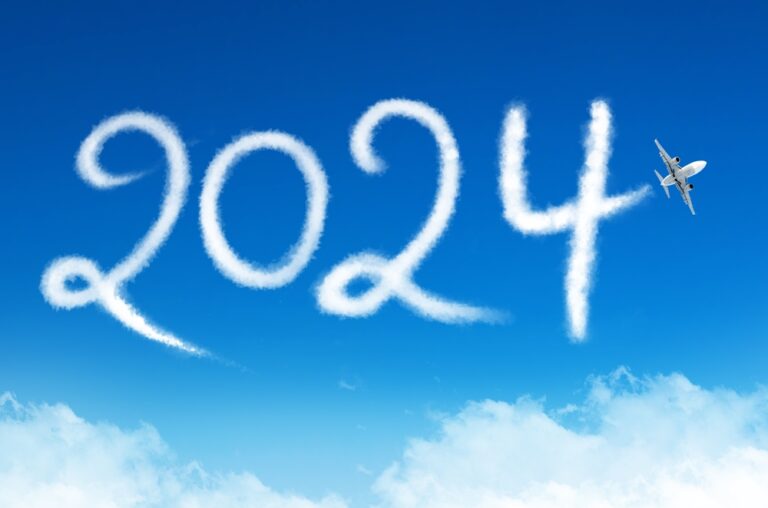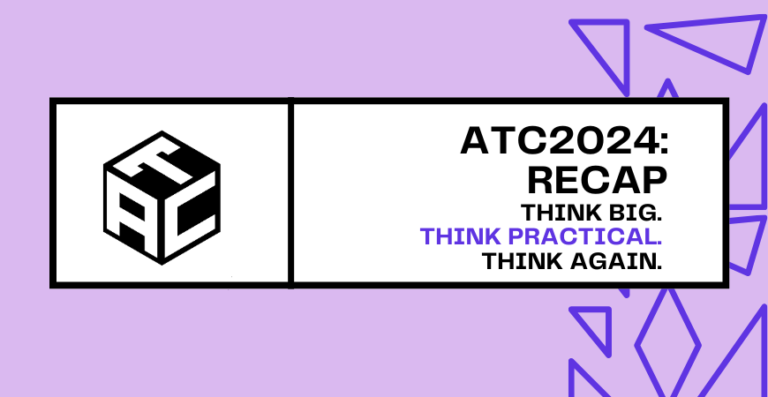Each year I make predictions for what will impact recruiting and H.R. It is always a challenge to look at the myriad of trends and technologies that change what we do and choose the ones that make a difference.
Last year I made five predictions for recruiting in 2021. I have commented and rated myself on each one below. Let me know what you think.
#1. Automation
The first prediction was that almost everything in recruiting would be automated. While that “almost everything’ was stretching it a bit, 2021 did see growth in the tools and the applications of artificial intelligence to recruiting. Many A.I. applications are built into ATSs and other tools but many recruiters don’t realize that. Chatbots, for example, use A.I. and have become very common on career sites. Candidate sourcing tools such as Hiretual also use A.I. The list got a lot larger in 2021. Another positive change was that more recruiters understand and appreciate how these tools can expedite activities such as screening and assessing candidates, taking over routine admin tasks such as scheduling and answering questions, and providing new hires with onboarding. So I give myself 75% on this one.
#2. RPOs
My second prediction was that RPO would continue to grow and take over much of corporate recruiting. According to Grandview Research, the global recruitment process outsourcing market size was valued at USD 5.48 billion in 2019 and is expected to grow at a compound annual growth rate (CAGR) of 18.5% from 2020 to 2027. RPOs also assumed more of the recruiting of white-collar and technical employees. More firms are choosing to outsource at least some of their recruiting to RPOs, and many have outsourced everything except university and executive recruitment. While corporate recruiting functions may not have automated as much as I had predicted, RPOs grew partially due to their investments in automation and talent intelligence. I give myself 100% on this prediction.
#3. The Talent Architect
My third prediction that a new role of Talent Architect would emerge fell short, unfortunately. I still hope that more recruiting functions will expand to encompass internal mobility, employee development, and play a bigger strategic role in helping organizations decide whether to hire a permanent or gig worker. Even though many recruiting functions include internal candidates and talk about internal mobility, the process is primarily administrative. Very few recruiting functions have a strategic role in determining policy or in increasing the number of employees who can move internally through skills development or career planning. I can only give myself a 30% of this one.
#4. Internal mobility
My fourth prediction that internal mobility and employee development are becoming central to how organizations operate is coming true. H.R. is heavily involved in retention efforts that include helping current employees move internally and providing the training they need to do so. But as I said above, most talent functions are not yet deeply involved in this process and do not have strategic oversight or responsibility for it. 100% on this one.
#5. Hybrid work
The last prediction was that work would become hybrid is happening. With every surge in coronavirus, it is more unlikely that masses of employees will return to an 8-5 workday. Many will continue to work remotely, and others will spend a few days a month in the office. 100% on this one.
My overall average was only 81%. Better than chance but not as good as I had hoped.
This post originally appeared in the Future of Talent Weekly Newsletter and has been republished here with permission.
Cover image: Shutterstock







